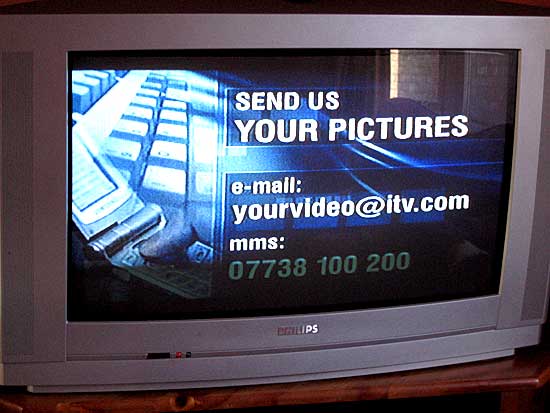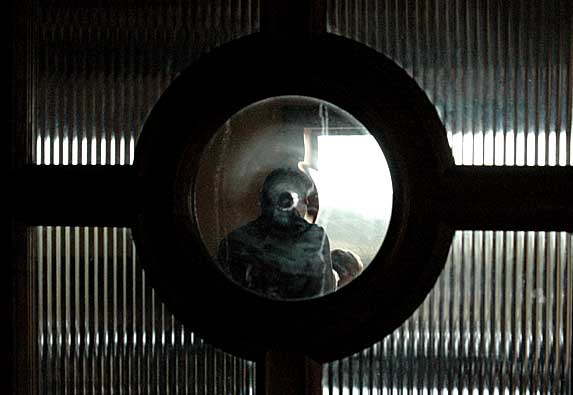Lovely New Yorker piece by Louis Menand, reviewing Philip Tetlock’s book on pundits…
Tetlock describes an experiment that he witnessed thirty years ago in a Yale classroom. A rat was put in a T-shaped maze. Food was placed in either the right or the left transept of the T in a random sequence such that, over the long run, the food was on the left sixty per cent of the time and on the right forty per cent. Neither the students nor (needless to say) the rat was told these frequencies. The students were asked to predict on which side of the T the food would appear each time. The rat eventually figured out that the food was on the left side more often than the right, and it therefore nearly always went to the left, scoring roughly sixty per cent—D, but a passing grade. The students looked for patterns of left-right placement, and ended up scoring only fifty-two per cent, an F. The rat, having no reputation to begin with, was not embarrassed about being wrong two out of every five tries. But Yale students, who do have reputations, searched for a hidden order in the sequence. They couldn’t deal with forty-per-cent error, so they ended up with almost fifty-per-cent error.


